United in Friendship: Matsumoto’s Sister Cities Within Japan
Matsumoto has forged strong connections with sister cities around the world including Salt Lake City in the United States, Grindelwald in Switzerland and Kathmandu in Nepal. Established to foster cooperation and exchange, these relationships are also replicated within Japan through Matsumoto’s sister city arrangements with cities including Fujisawa, Himeji and Takayama – with each relationship serving slightly different purposes.
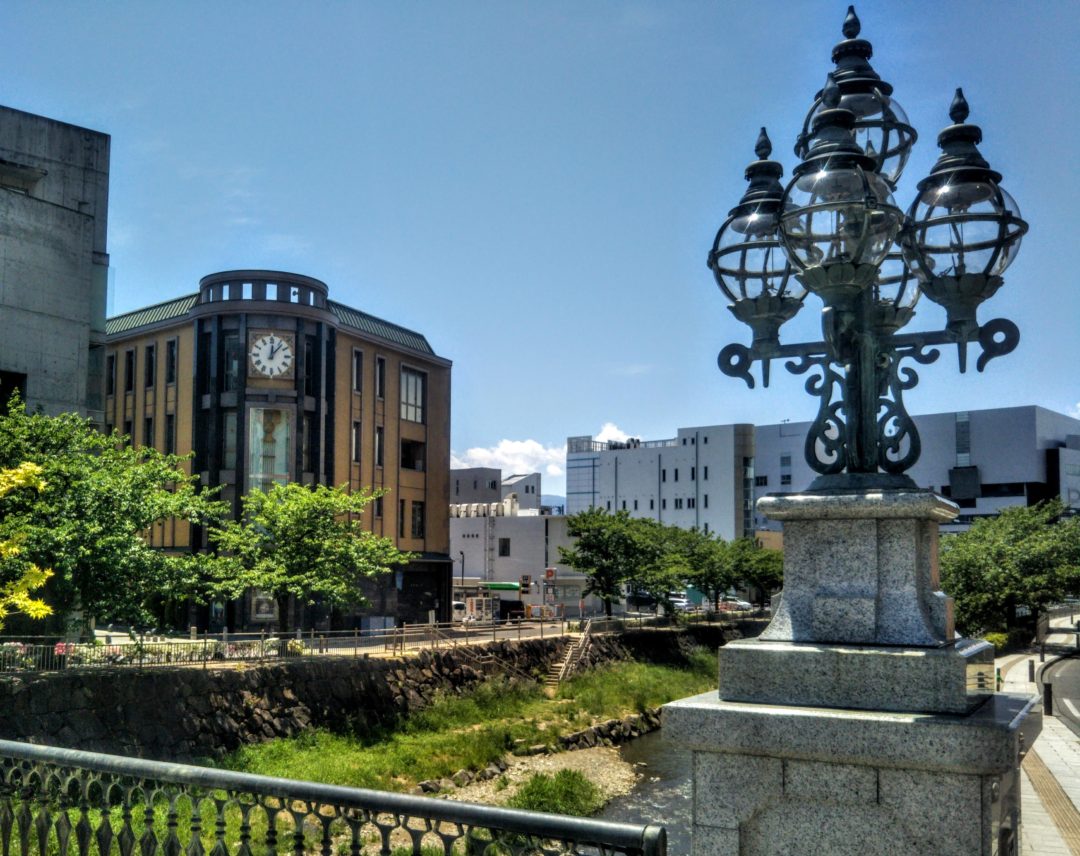
Matsumoto City, Nagano
Fujisawa / Kanagawa Prefecture
Established in 1961, Matsumoto’s sister city relationship with Fujisawa was created to promote tourism between the two cities. Fujisawa is a coastal city located in Kanagawa Prefecture, known for its surfing and as the “Miami Beach of the East”. As such, the beach lifestyle of Fujisawa contrasts that of landlocked Matsumoto – a city that lies in the shadow of the North Alps and known as the gateway to Japan’s highest mountain range.
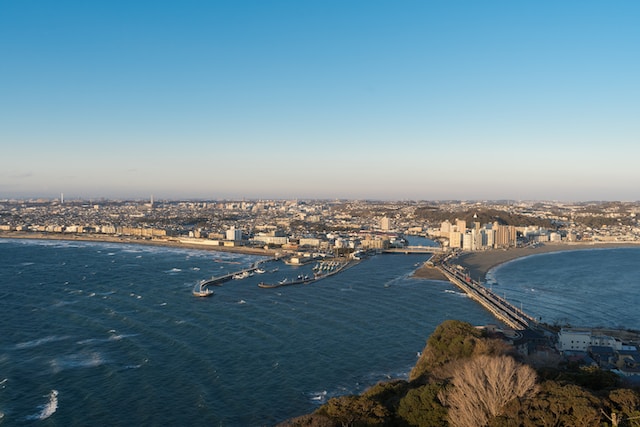
Fujisawa Bay, Kanagawa
Credit Photo Unsplash: https://unsplash.com/
Fujisawa’s population boomed around the time of the 1964 Summer Olympic Games in Tokyo, with the city close enough to the capital to act as a commuter town. Its proximity to Tokyo also means it is popular with Tokyoites who head to Fujisawa for beach getaways, including the popular destination of Enoshima and its views of Mount Fuji across Sagami Bay. Marine sports can be enjoyed all along the Katase Coast of Fujisawa with the city hosting a hugely popular fireworks festival each summer.
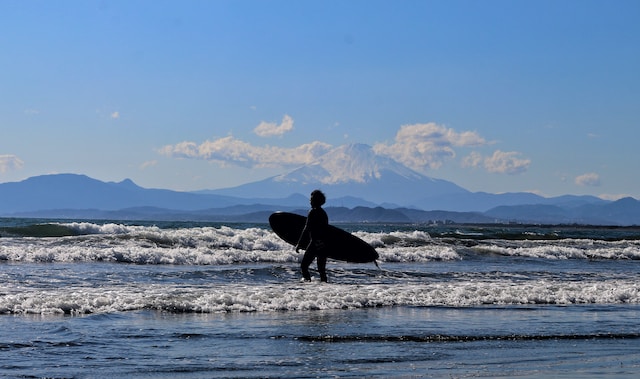
Katase Coast, Kanagawa
Credit Photo Unsplash: https://unsplash.com/
Himeji / Hyogo Prefecture
Matsumoto founded its second sister cities relationship within Japan in 1966, on that occasion, with the equally famous castle town of Himeji. Much like Matsumoto’s celebrated castle, Himeji Castle is a registered National Treasure while also enjoying UNESCO World Heritage status. As such, the sister city relationship celebrates the shared heritage of the two famous castle towns with Himeji’s “White Heron Castle” contrasting Matsumoto’s “Crow Castle”. Much like Matsumoto, Himeji is known for its busy calendar of events including a spring cherry blossom festival and taiko festival in late-summer.
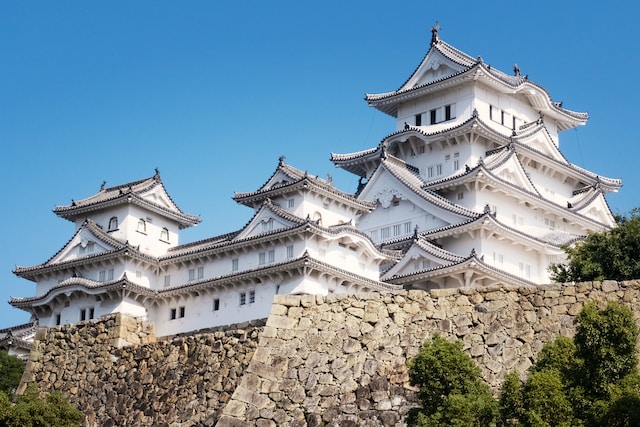
Himeji Castle, Hyogo
Credit Photo Unsplash: https://unsplash.com/
The naming of Himeji’s “White Heron Castle” reflects the graceful white architecture of the structure and contrasts the black tiles of Matsumoto’s “Crow Castle”. Himeji’s castle underwent major renovation between 2009 and 2015 but much of the original structure remains. Visitors to Himeji can also enjoy nearby Shoshazan Enkyouji Temple – the 27th of 33 sacred temples that make up the Kannon pilgrimage route of Saigoku – which has also regularly featured in Japanese period dramas and international films such as “The Last Samurai”.
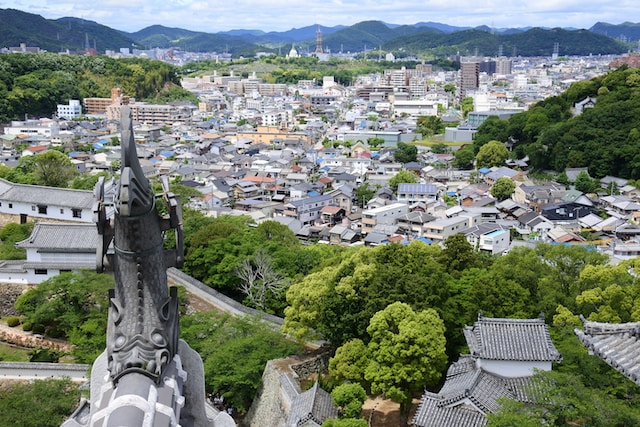
Himeji City, Hyogo
Credit Photo Unsplash: https://unsplash.com/
Takayama / Gifu Prefecture
Located around 2 hours from Matsumoto, Takayama sits on the other side of the North Alps and is known for its beautifully preserved old town and surrounding natural landscape. While the sister city relationship was established in 1971, Takayama and Matsumoto have been linked through trade and other forms of exchange for centuries – as the two major cities either side of Japan’s highest mountain range.
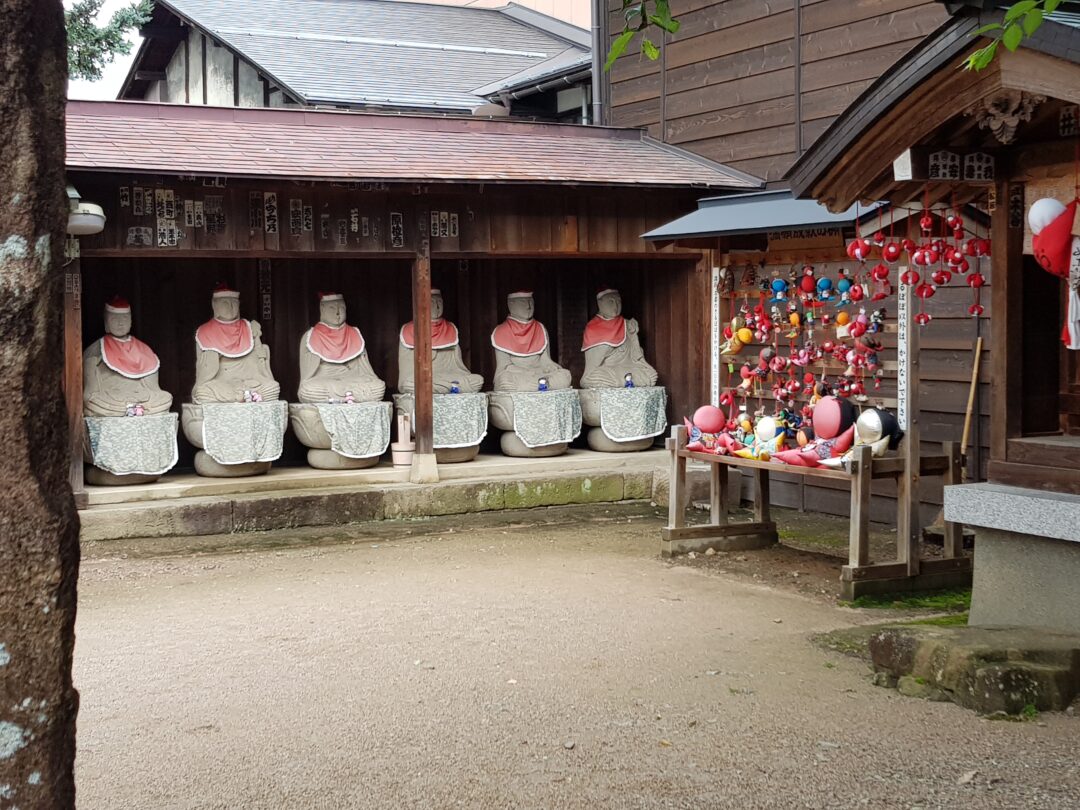
Takayama, Gifu
Takayama is a popular tourist destination thanks to its old town, in which Edo Period timber buildings line the streets. The city hosts two festivals each year – in spring and autumn respectively – in which large, ornate “yatai” (festival floats) are pulled through the streets by local residents. Takayama is also nearby the World Heritage-listed villages of Shirakawa-go, the hot spring area of Okuhida Onsenkyo – said to have the largest number of open-air hot springs in Japan – along with the beautiful alpine destinations of Kamikochi and Norikura Sanroku Goshikighara Forest, known for its rare flora and spectacular waterfalls.
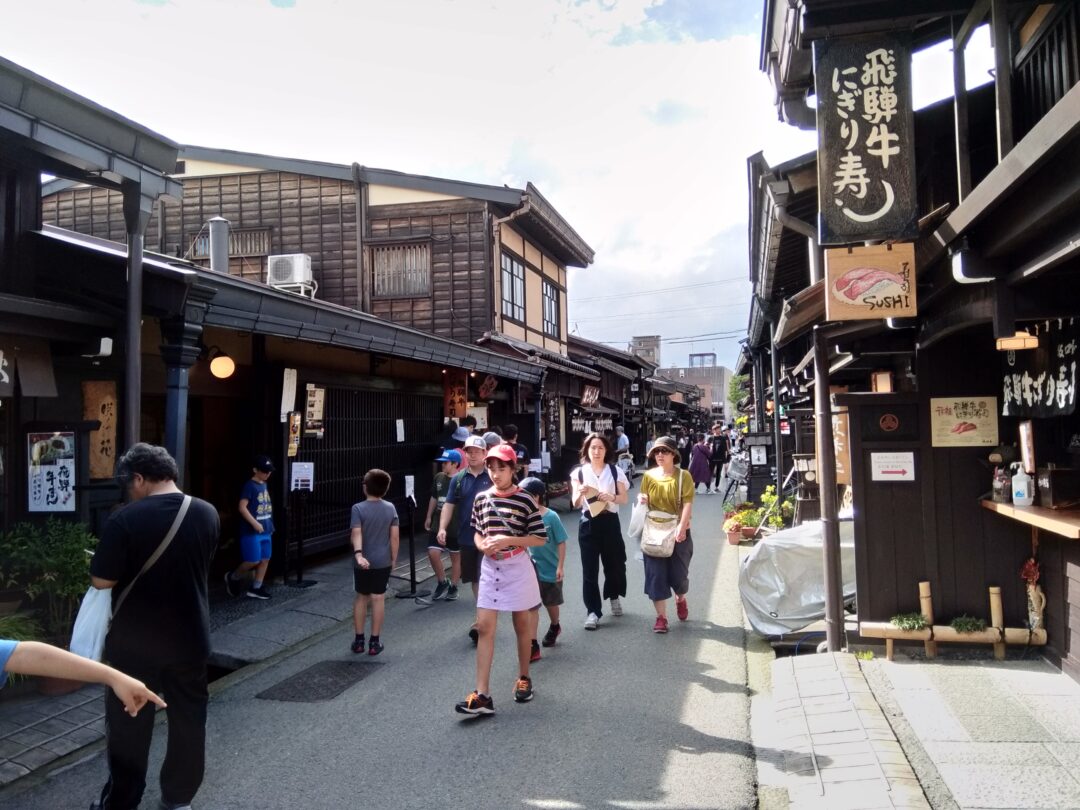
Takayama Old Town
Author Profile

Latest entries
 Art2024-01-25Drift Into the Seductive World of “Ukiyo-e” While in Matsumoto
Art2024-01-25Drift Into the Seductive World of “Ukiyo-e” While in Matsumoto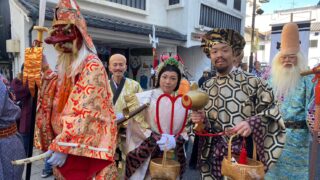 Events2024-01-10The Ameichi Festival: Matsumoto’s Edo Period Celebration That Continues Today
Events2024-01-10The Ameichi Festival: Matsumoto’s Edo Period Celebration That Continues Today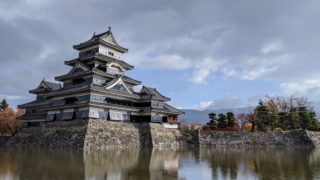 Notification2023-12-14New Year’s Holiday Closure Notification: Matsumoto Castle & More
Notification2023-12-14New Year’s Holiday Closure Notification: Matsumoto Castle & More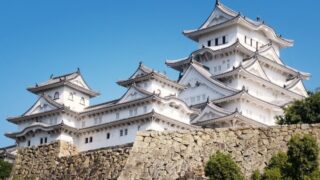 Other2023-11-27United in Friendship: Matsumoto’s Sister Cities Within Japan
Other2023-11-27United in Friendship: Matsumoto’s Sister Cities Within Japan

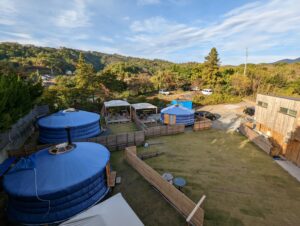
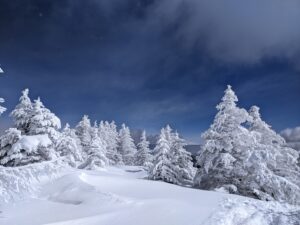
One thought on “United in Friendship: Matsumoto’s Sister Cities Within Japan”